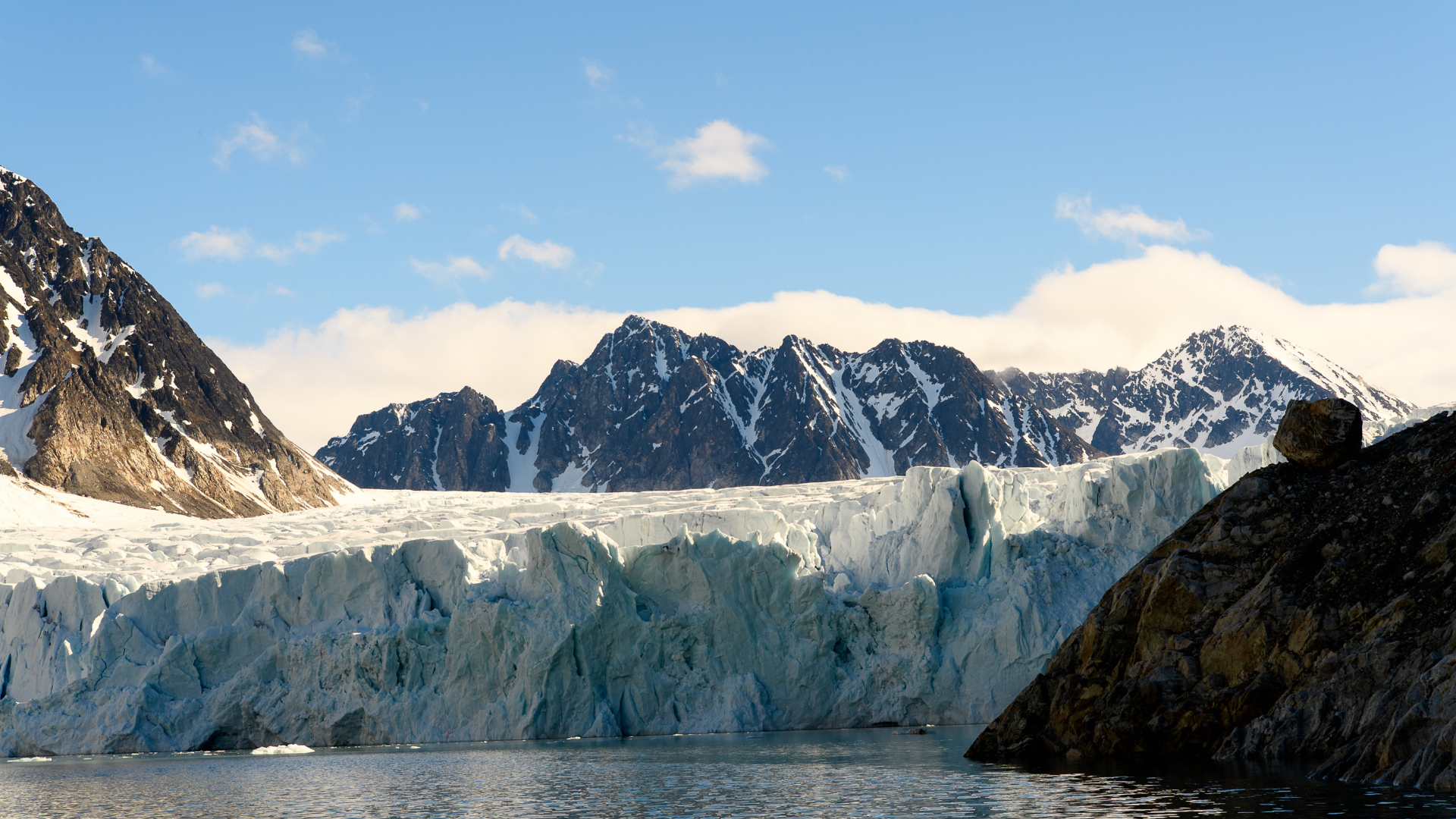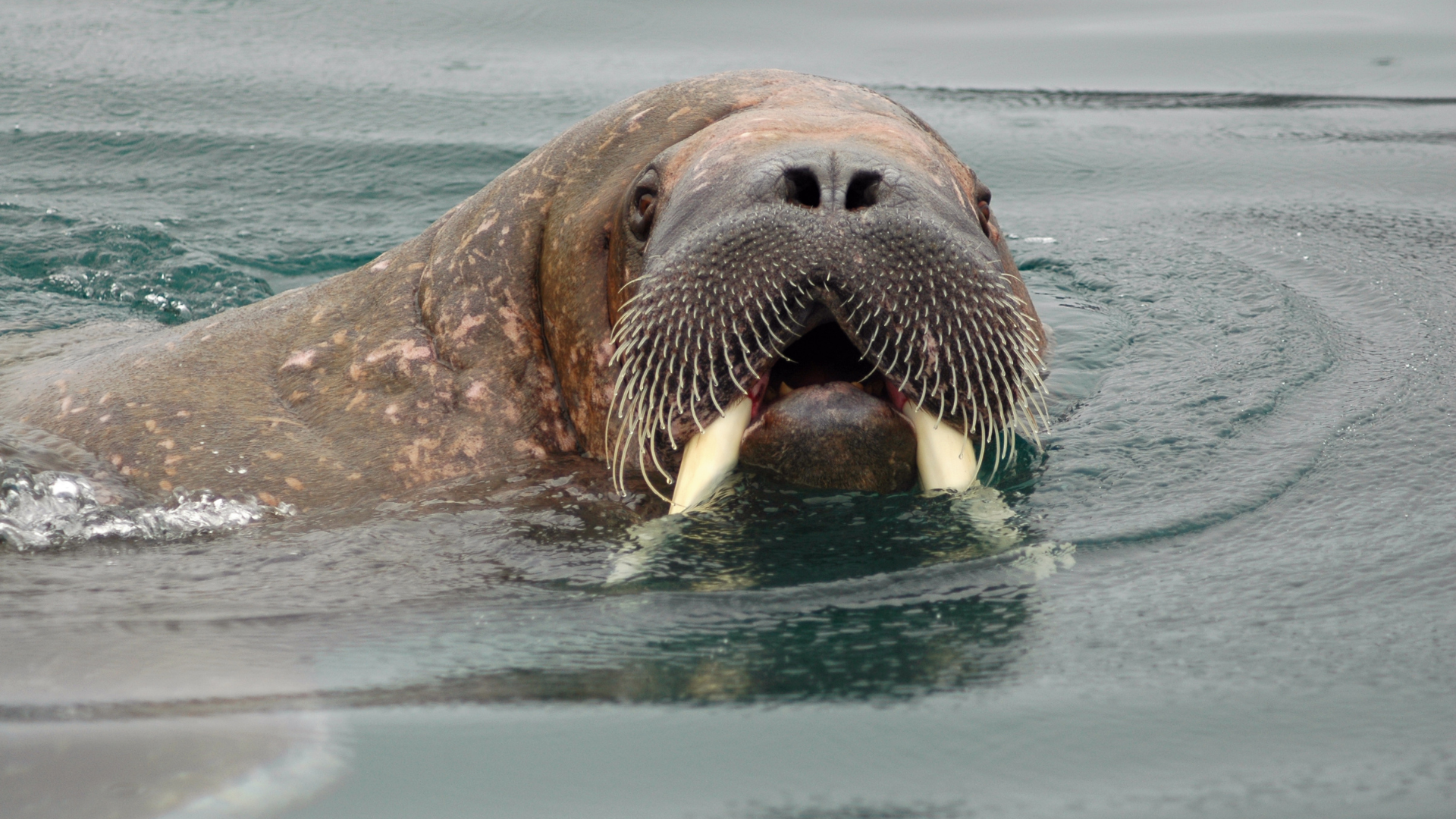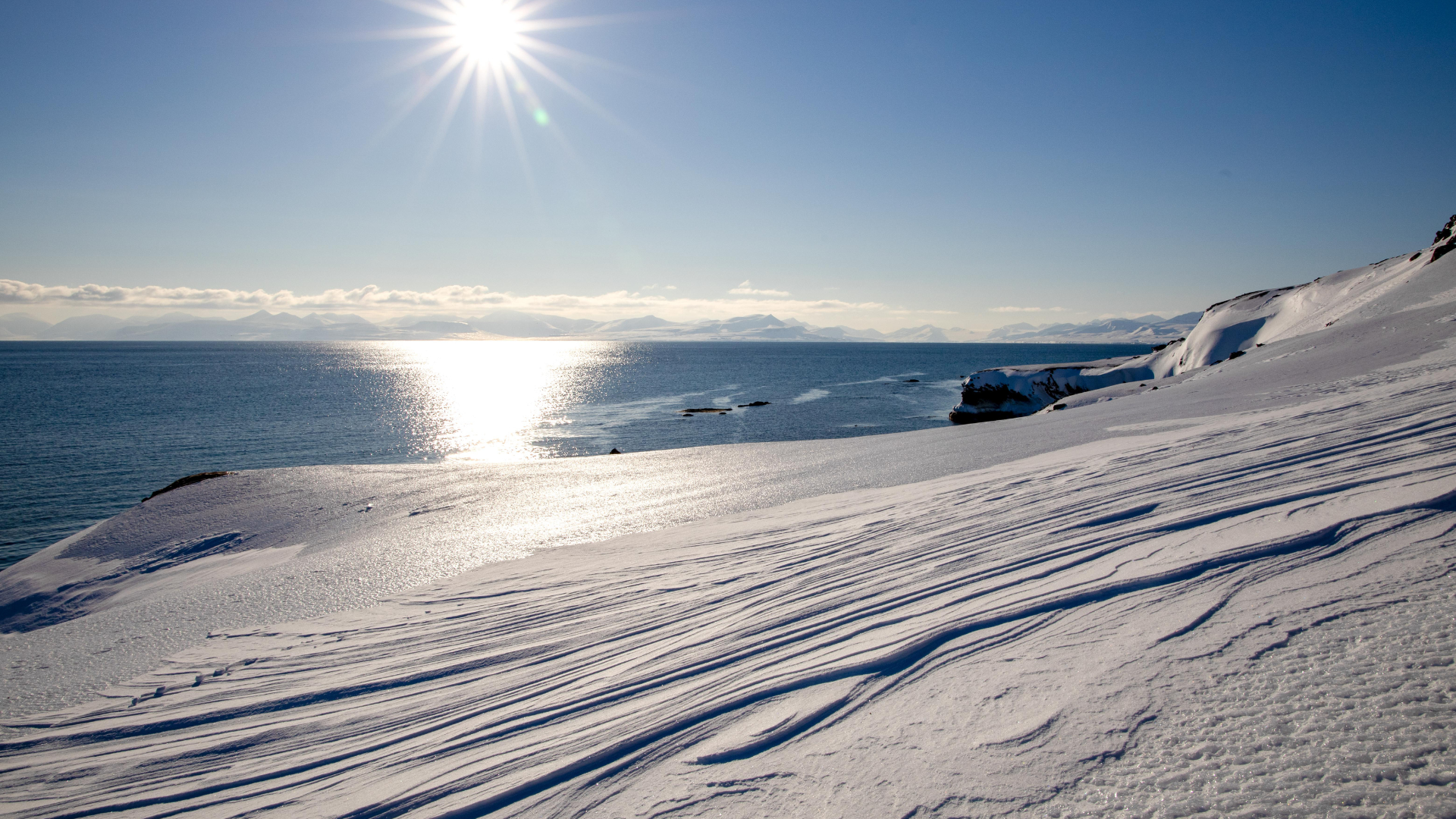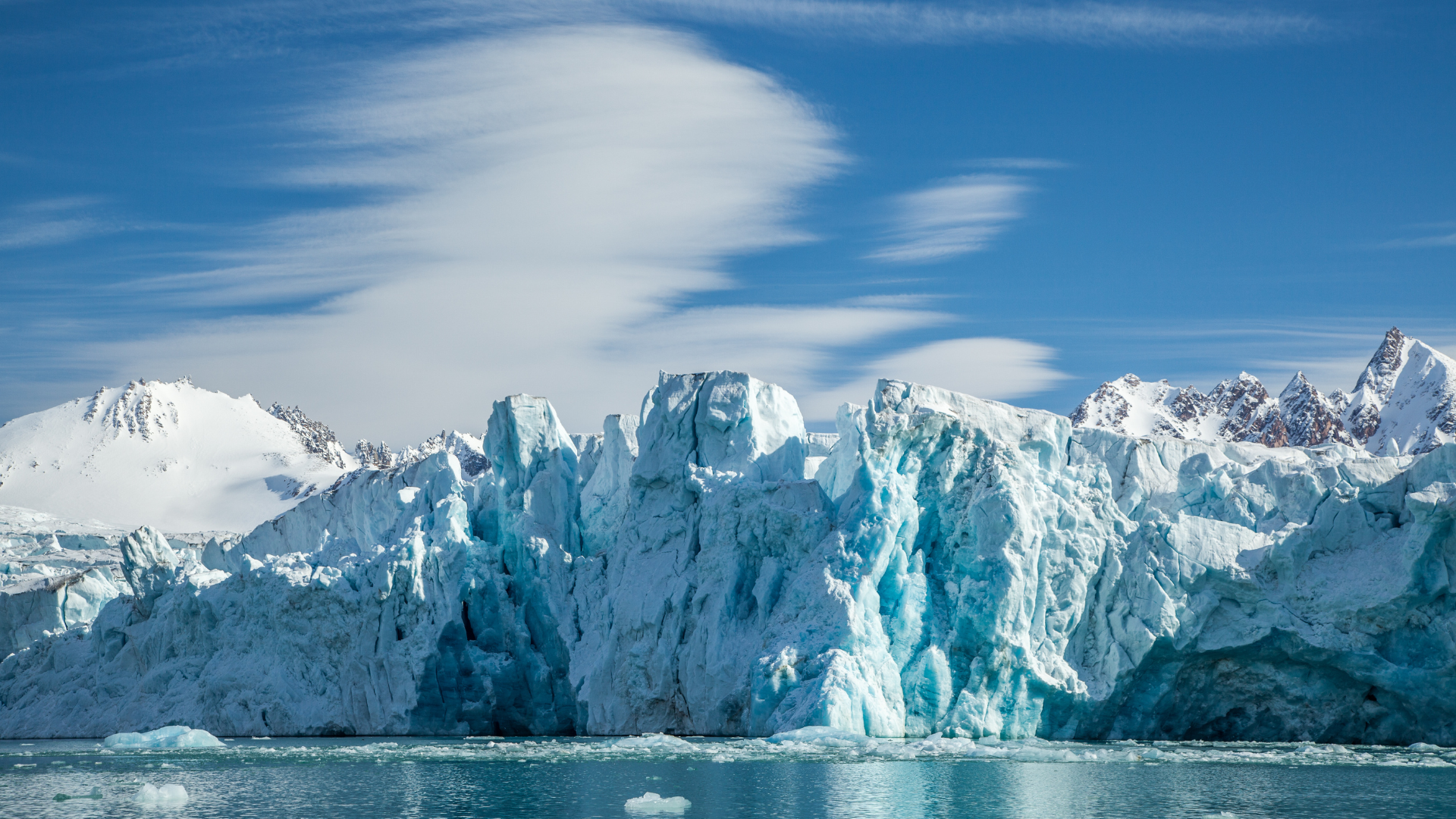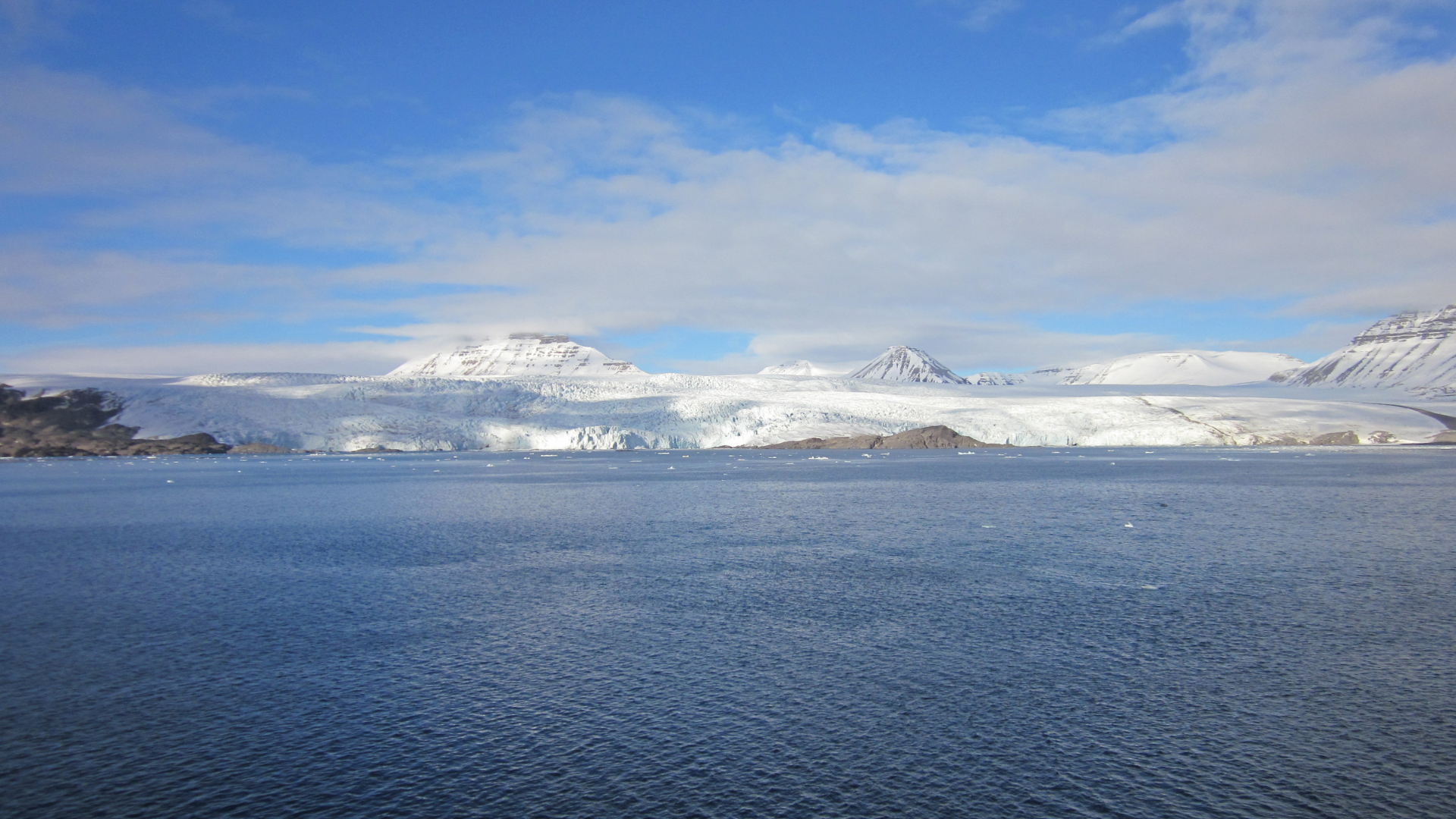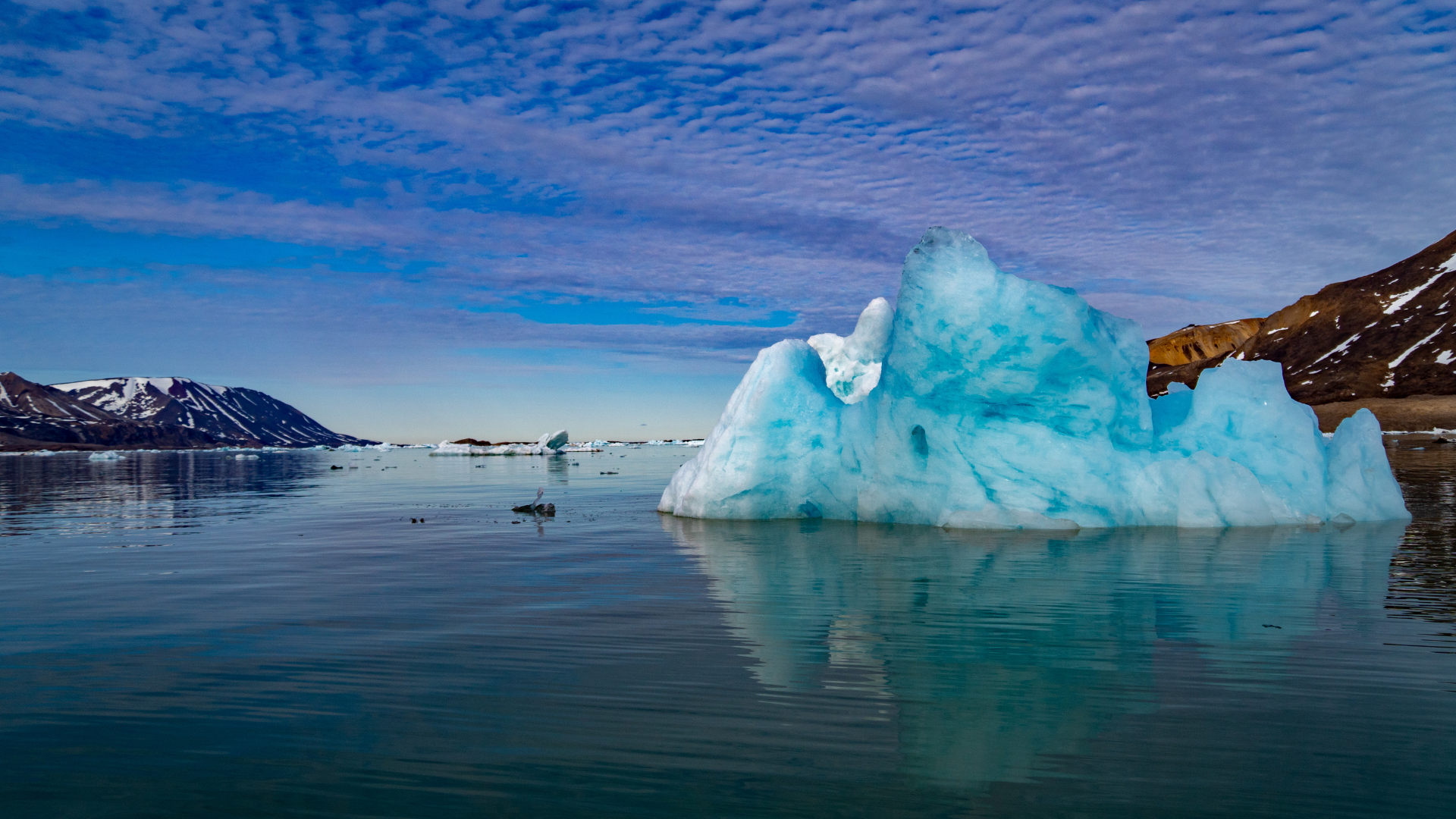Svalbard: Interesting Facts and Highlights in January
Svalbard: Interesting Facts and Highlights in January
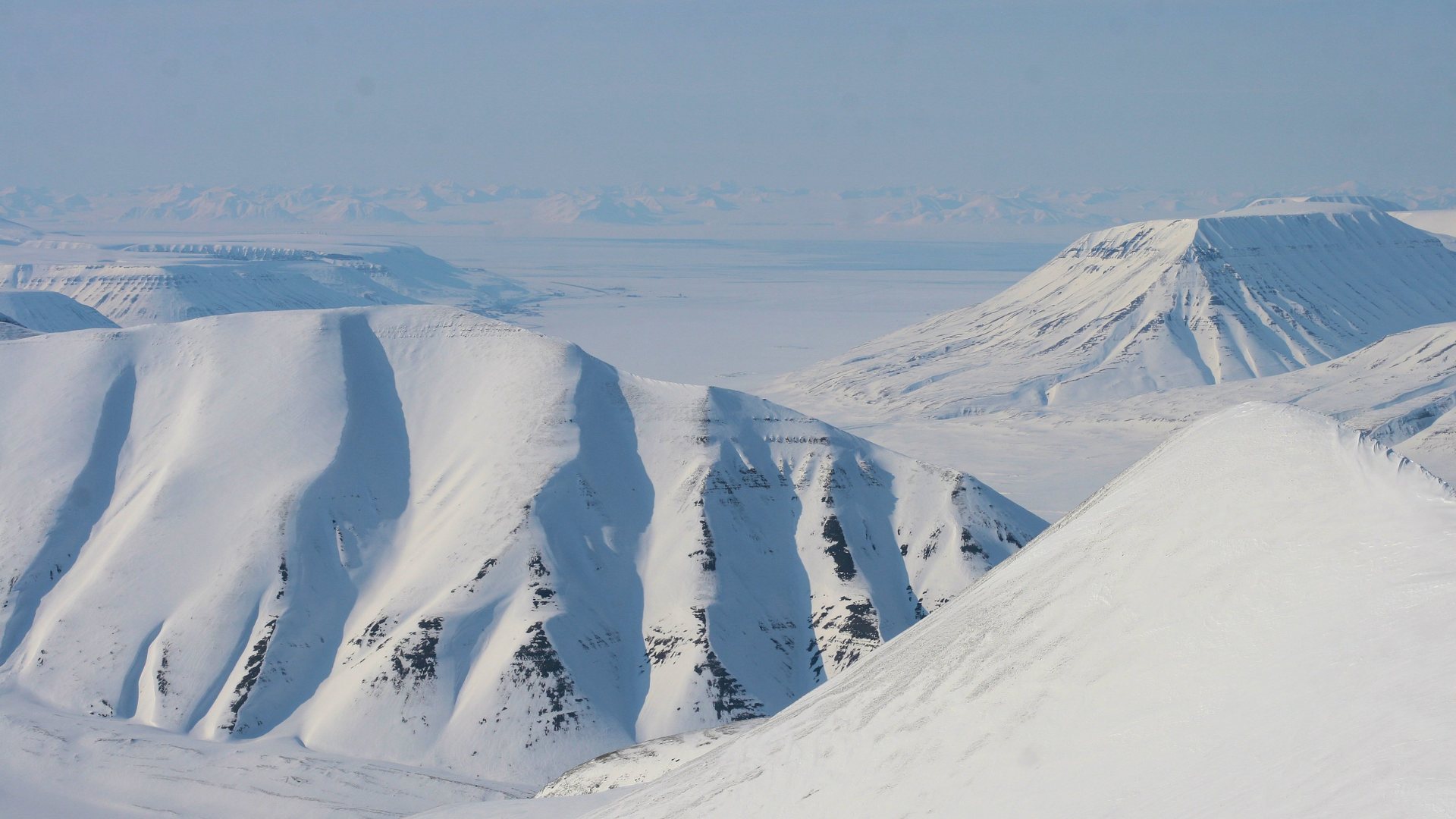
January in Svalbard is an extraordinary time, as the archipelago is enveloped in the Polar Night, creating a unique and captivating environment. The sun does not rise above the horizon, leaving the landscape in continuous twilight, which casts an ethereal glow over the snow-covered terrain. This perpetual darkness offers a stark beauty and a sense of otherworldliness that is both mesmerizing and profound. The lack of daylight also enhances the visibility of the Northern Lights, making Svalbard a prime location for witnessing this natural spectacle.
One of the most fascinating aspects of January in Svalbard is the phenomenon of the Polar Night itself. This period of darkness lasts from late October to mid-February, with the darkest time occurring around the winter solstice in December. During this time, the sky can take on deep hues of blue and purple, creating a dramatic backdrop for the snowy landscape. Despite the absence of sunlight, the reflection of light from the moon and stars, along with the occasional aurora borealis, can illuminate the surroundings in a surreal and captivating manner.
The Arctic wildlife of Svalbard continues to be active in January, despite the extreme conditions. The Svalbard reindeer and Arctic fox are well-adapted to the harsh winter environment. The reindeer have thick fur and a layer of fat to insulate them from the cold, while the Arctic fox has a dense winter coat that changes color to blend in with the snow. Birdwatchers might spot the hardy ptarmigan, which also adapts to the winter by changing its plumage to white. These animals showcase incredible resilience and adaptation, providing a glimpse into the complexities of Arctic life.
Dog sledding is a popular activity in January, offering a thrilling way to explore the Arctic wilderness. This traditional mode of transportation allows visitors to traverse the snowy landscapes while being pulled by a team of enthusiastic huskies. Dog sledding provides a unique perspective on the environment, as the quiet swoosh of the sled through the snow is accompanied only by the sounds of the dogs and the wind. The experience not only offers excitement but also a connection to the history and culture of Arctic exploration.
January is also an excellent time for snowmobiling, with the extensive snow-covered terrain providing ideal conditions for this adventure. Guided snowmobile tours allow visitors to explore vast areas of Svalbard, including remote valleys and glaciers that are otherwise inaccessible. The thrill of speeding across the frozen landscape, combined with the stunning, snow-clad scenery, makes snowmobiling a highlight of any winter visit to Svalbard. It's an exhilarating way to experience the Arctic's rugged beauty and vastness.
Svalbard’s cultural and historical attractions offer warmth and insight during the cold January days. Longyearbyen, the administrative center, is home to several museums and cultural institutions that provide a deep dive into the region's history and heritage. The Svalbard Museum, for example, features exhibits on the natural history of the archipelago, the whaling industry, and the lives of trappers. These exhibits offer a fascinating look at the human and natural history of the area, providing context and appreciation for the challenges and triumphs of Arctic life.
Ice caving is another unique and mesmerizing activity in Svalbard during January. The glaciers of Svalbard form intricate ice caves, with stunning formations and vibrant blue hues that are truly a sight to behold. Guided tours take adventurers deep into these natural wonders, where they can explore the beauty and complexity of the ice. The experience of navigating through these frozen labyrinths, with the play of light on the crystalline walls, is both humbling and awe-inspiring.
Staying in Svalbard in January offers a chance to experience the hospitality and resilience of the local community. Accommodations range from cozy cabins to modern hotels, many of which feature amenities like saunas and hot tubs to provide warmth and relaxation after a day of exploration. Local restaurants serve hearty meals that often include regional specialties such as reindeer and Arctic char, offering a taste of the local cuisine. This combination of outdoor adventure, cultural immersion, and culinary delights makes January a uniquely enriching time to visit Svalbard.
